There are around 350 popular dog breeds in the world!
So, it’s no surprise that no matter what country you visit, you’re almost guaranteed to come across some variety of man’s best friends. But do dogs have nationalities and “speak” different languages? And what race is your dog?
Read this fascinating guide I whipped to learn more about dog ethnicity.
Dog Origins
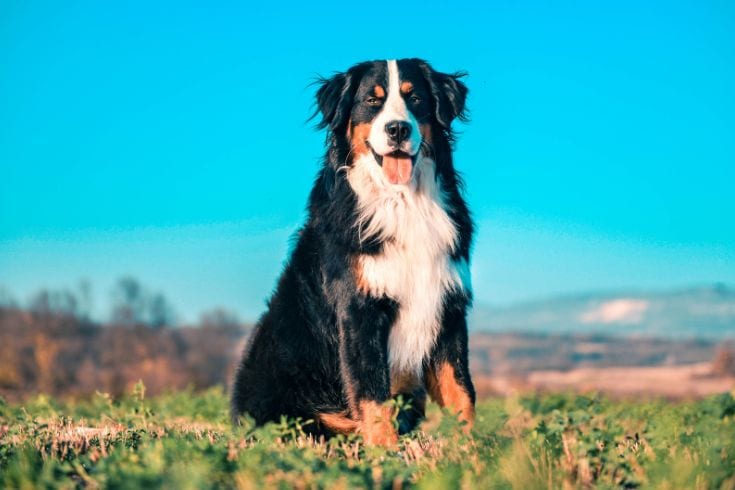
Although the true origins of the domestic dog Canis lupus familiaris are open to debate, genetic studies suggest that man’s best friend is descended from prehistoric wolves that roamed the earth during the late Pleistocene period.
The precise date of divergence from wolves to domestic dogs is hard to pinpoint and is complicated by the crossbreeding that’s occurred between dogs and wolves since domestication.
Research indicates that dogs migrated with humans from East Asia to the New World over 15,000 years ago, with some experts suggesting that our furry friends have been at our sides for almost 25,000 years!
Dog Ethnicities
According to Aaron Sams, Ph.D., there were three major dog lineages:
- Western Eurasian Lineage, representing dogs in Europe, Africa, India, and the Middle East
- East Asian Lineage, represented in breeds such as the Dingo, Chow-Chow, Tibetan Mastiff, New Guinea Singing Dog, and Shar-pei
- Arctic Lineage, represented by Husky-type breeds and a small amount of American dog genetics, found somewhat randomly in the Xoloitzcuintli and Chihuahua from North America
Many modern breeds with Arctic and Asian origins can retrace their origins back over 1,000 years, whereas breeds with European roots only appeared in the past 200 years.
What Race Is My Dog?
With the exception of Antarctica, dogs live on every one of the world’s continents. Just as with people, dogs come in many different colors, shapes, and sizes, many of which are characteristic of their country of origin.
So, what nationality is your dog?
Antarctica
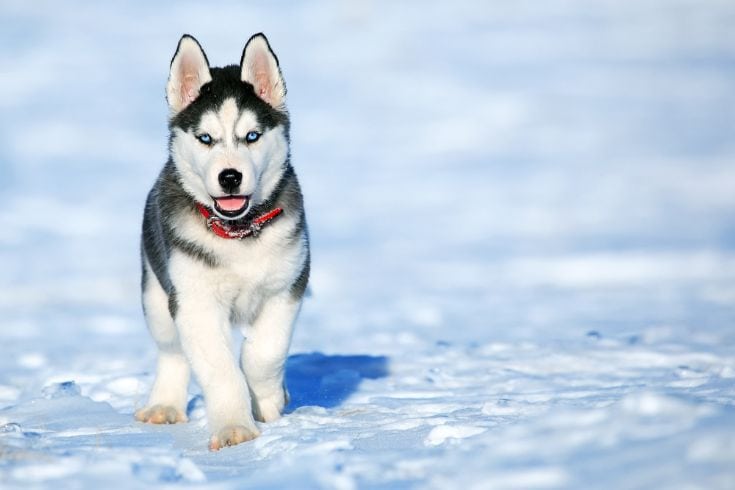
Dogs first arrived at Cape Adare in Antarctica on 17 February 1899 as passengers on the Southern Cross, a ship of the British Antarctic Expedition. These 75 dogs were there to pull sleds across the frozen landscape since no reliable mechanized means of transport were available then.
Thereafter, Husky-type dogs became the most popular breed. Their thick, waterproof coats and incredible strength and stamina made these dogs the ideal working canine companions for explorers and settlers.
However, because of a clause in the Antarctic Treaty, as a non-native alien species, all dogs were removed from Antarctica on 22nd February 1994. That was because canine distemper could potentially be transmitted to the native seals living in Antarctica.
Africa
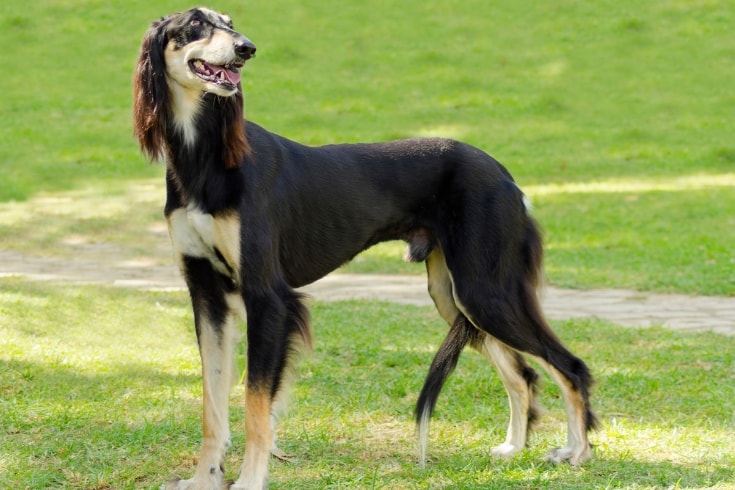
There are many dogs that originate in the world’s second-largest continent.
Africa’s diverse landscape features tropical rainforests, deserts, grassy savanna lands, and mountains, but its native dogs have several common qualities. These canines have lean bodies and short coats, enabling them to cope with the continent’s hot climate.
African dogs have evolved intense guarding and hunting instincts that you’ll see in many of the continent’s domestic breeds, including:
- Saluki
- Rhodesian Ridgeback
- Atlas Mountain Dog
- Boerboel
- Sloughi
- Basenji
- Abyssinian Sand Terrier (Hairless African Dog)
- Chinese Crested
- Coton De Tulear
- Africanis
- Azawakh
Of those breeds, the Africanis is one of only a few ancient breeds left globally and is indigenous to South Africa, dating from around 5000 BC.
Asia

Many of Asia’s dog breeds were created as companions for Royalty and the wealthy, although some are working dogs bred to herd and hunt. So, with such a wide choice, you’re sure to find a perfect pet with Asian origins!
- Japanese Spitz
- Shiba Inu
- Pekingese
- Chow-Chow
- Chippiparai
- Thai Ridgeback
- Lhasa Apso
- Shih Tzu
- Black Russian Terrier
- Japanese Chin
- Chinese Crested
- Afghan Hound
- Borzoi
- Dosa Mastiff
- Pug
- Samoyed
- Siberian Husky
- Tibetan Mastiff
Of course, all these breeds are native to Asian countries. However, these days, many have been used to create trendy crossbreeds, such as the Shih-Poo.
If, like me, you decide to buy one of these designer dogs, remember to research both parent breeds so that you know what size, coat type, and temperament to expect!
Australia/Oceania
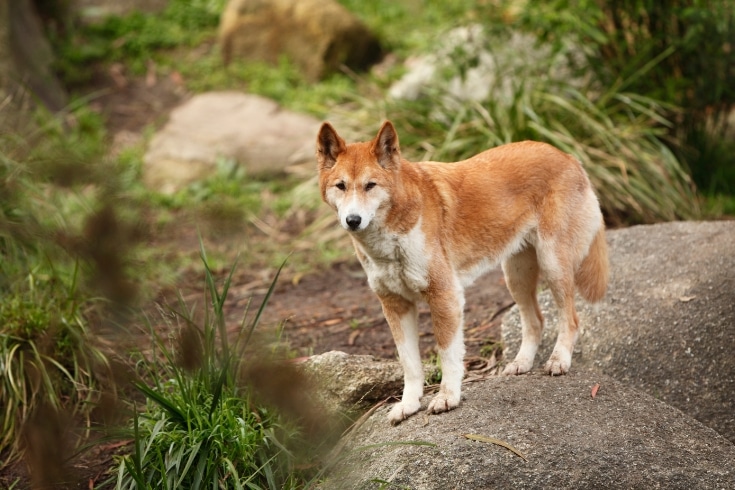
The Dingo is Australia’s native wild dog. This ancient domestic dog breed was probably brought to the country by Asian seafarers around 4,000 years ago. Unfortunately, as an imported alien species, these dogs devastated populations of the native Tasmanian Tiger or Thylacine by outcompeting it for food.
As a result, Thylacines went extinct in 1936.
Today, popular varieties of dogs from Down Under include the following:
- Australian Cattle Dog
- Tenterfield Terrier
- Stumpy Tail Cattle Dog
- Silkie Terrier
- Mini Fox Terrier
- Koolie
- Kelpie
- Kangaroo Dog
- Dingo
- Bull Arab
- Australian Terrier
- Australian Staghound
Interestingly, although you can keep Dingoes as pets in Australia, you need a special license if you want to keep one.
Europe

Although many European dog breeds are relatively recent creations, appearing in the last 200 years, many of these pups’ origins date back to before the Roman Empire!
Although a few of these dogs are pure companions, many were bred to work alongside people in the hunting field, as herding or drover’s dogs, and for guarding.
- Barbet (France)
- Basset Hound (France)
- Bergamasco Sheepdog (Italy)
- Bernese Mountain Dog (Switzerland)
- Brittany (France)
- Finnish Lapphund (Finland)
- Ibizan Hound (Spain)
- Italian Greyhound (Italy)
- Maltese (Malta)
- Portuguese Water Dog (Portugal)
- St. Bernard (Switzerland/Italy)
- British Bulldog (England)
- Airedale Terrier (England)
- Beagle (England)
- Corgi (Wales)
- Border Collie (Wales/Scotland)
Of course, there are many more European dogs to choose from, many of which are seen all around the world.
North America
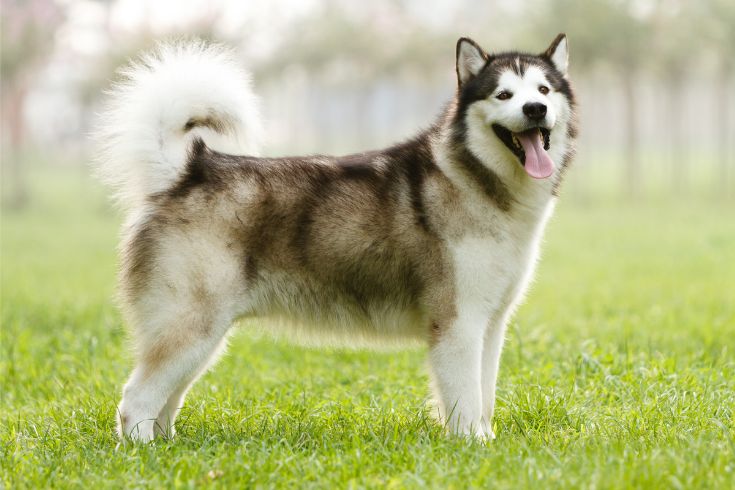
The earliest evidence of dogs in North America is found in Utah at a site called Danger Cave that dates from 9,000 to 10,000 years BC. These New World canines descended from Old World Eurasian gray wolves.
If you don’t fancy the idea of having a wolf in your living room, here’s a selection of North American pups to consider:
- Alaskan Malamute
- American Bulldog
- American Eskimo Dog
- American Hairless Terrier
- Australian Shepherd
- Boston Terrier
- Boykin Spaniel
- Catahoula Leopard Dog
- Chesapeake Bay Retriever
- Toy Fox Terrier
Now, you’ll be wondering why we’ve included the Australian Shepherd in our list. So, this breed was originally developed in the US, not Australia! The dog is so-named because its ancestors passed through the Land Down Under en route to the States.
South America
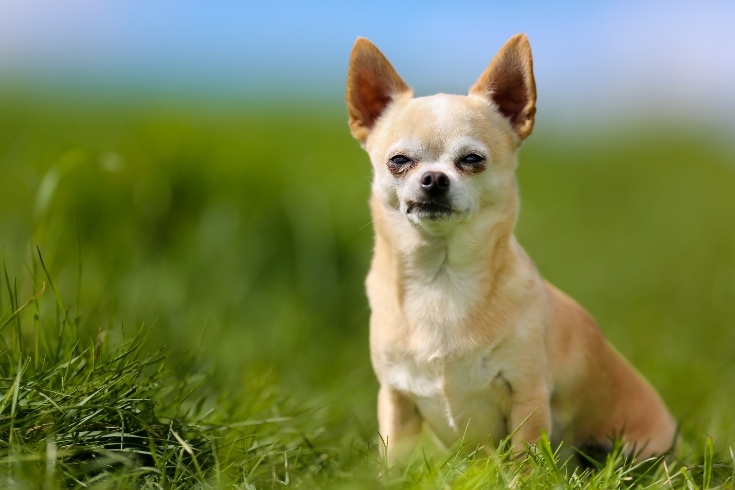
Domestic dogs first arrived in South America between 5,500 and 2,500 BC from North America. At first, these pups were only found in the Andes region before spreading to the Amazonian Basin more recently.
Today, most South American dogs have been replaced by breeds introduced from Eurasia. But if you want a traditional South American pooch, here are some breeds to consider:
- Chihuahua
- Xoloitzcuintli
- Dogo Argentino
- Havanese
- Chamuco
- Argentine Pila
- Brazilian Mastiff
- Brazilian Terrier
- Chilean Terrier
- Peruvian Inca Orchid
- Cimarrón Uruguayo
- Mucuchies (Venezuelan Sheepdog)
- Campeiro Bulldog
Many of those breeds are not recognized by official bodies, such as the American Kennel Club, and some are considered to be dangerous and not recommended as pets.
For example, Fila Brasileiro is a large, heavy dog regarded as stubborn, domineering, and highly intelligent, making it potentially dangerous. As a result, this dog is currently banned in the UK and some other countries.
Final Thoughts
Did you enjoy our guide to whether dogs have nationalities and ethnicities? If you found the article interesting, please share it!
So, your furry friend is most likely descended from prehistoric wolves. However, wherever in the world your dog comes from, he’ll have his own race, ethnicity, and nationality.
What nationality is your dog? Does he speak your language? Tell us about your pet in the comments box below.

